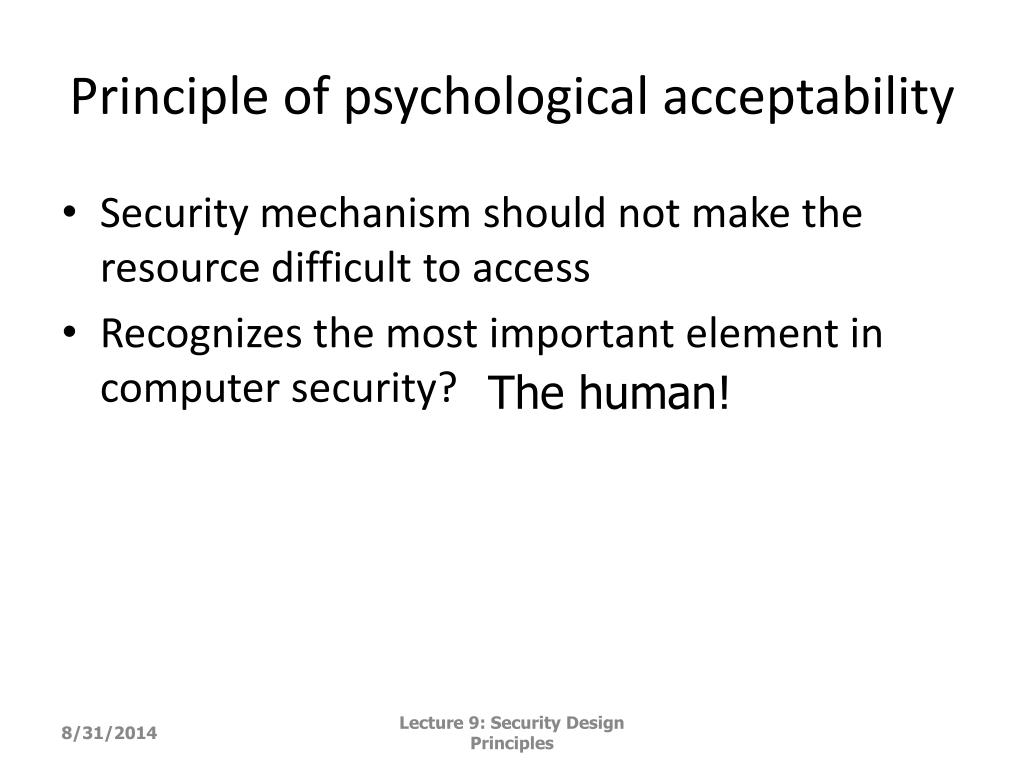

- #Security through obscurity examples software
- #Security through obscurity examples code
- #Security through obscurity examples download
#Security through obscurity examples code
By keeping the source code to APIs and other technical product information close to their chest, companies hope that obscurity in architecture will provide some sort of protection against exposure. Customers won’t get upset stock prices won’t go down and image is maintained. If nobody knows about problems in the software, chances are no one will be able to exploit them. Obviously, security through obscurity is desirable for proprietary vendors.
#Security through obscurity examples software
Mediating the effort is the Internet Engineering Task Force (IETF)-which formalized a means for addressing the issues at hand in February 2002 by releasing an Internet-Draft document about appropriate disclosure of software vulnerabilities. In the other, we have the worldwide, distributed-effort, open-source industry protagonists. In one corner, we have the multinational, gazillion-dollar, proprietary-software industry leaders. These simple facts created quite a stir among software vendors and development communities, and two distinct schools of thought have evolved to address the issue. And that person has friends who live to exploit other people’s resources. It doesn’t take a distributed effort of thousands of people to discover that you’ve got a gaping buffer-overflow vulnerability. The biggest issue lies in the application code itself. In my view, the real issue behind pseudo-security is that the concept isn’t limited to products that are designed to provide an added layer of security over your own code. My point is that while these measures offer security in the here-and-now, inevitably someone will come along and pull back the curtain, forcing us to change our standards.
#Security through obscurity examples download
The use of non-standard system ports was once considered an effective means for hiding services, but now even the least technically savvy user can download port-sniffers. So what’s the big issue? Once upon a time, 56-bit encryption was effective, too-then somebody proved it could be broken.

Two effective examples are: 128-bit encryption, which relies on the fact that the algorithm and keys are obfuscated and Network Address Translation (NAT), which hides the internal infrastructure of a network. Nearly every company that wants to keep its data secure is using “security through obscurity” practices. While I may have scared you into reading this article, don’t get me wrong-some forms of security through obscurity are very effective. While you may not be able to guarantee that your system will never be compromised, applying good coding practices can help ensure that you aren’t leaving the door open for any crackers or script kiddies that come along. “Security through obscurity” means relying on the fact that your specific architecture is unknown to users, or the world at large. How can I say that with any certainty? Because all major platforms and security concepts are built on technology that, given enough time and processing power, can be compromised. In the grand scheme of things, no application is secure. Then we’ll look at tightening up your development practices to help keep your systems and data from falling into the wrong hands. We’ll examine security through obscurity and some of the controversy surrounding this topic. With a little additional effort you can prevent the holes that obscurity hides from seeping into your code. Practicing security through obscurity ignores these responsibilities in the false hope that no one will notice. In 1984, technologist Stuart Brand quipped, “Information wants to be free.” As a programmer, it’s up to you to protect the information your system creates and works with, and to ensure its continuous and appropriate availability. Take a look at this article to learn why, and how you should tighten up your code. While most applications use security through obscurity in some form or another, you should avoid it when writing your application. Security through obscurity won’t secure your code


 0 kommentar(er)
0 kommentar(er)
